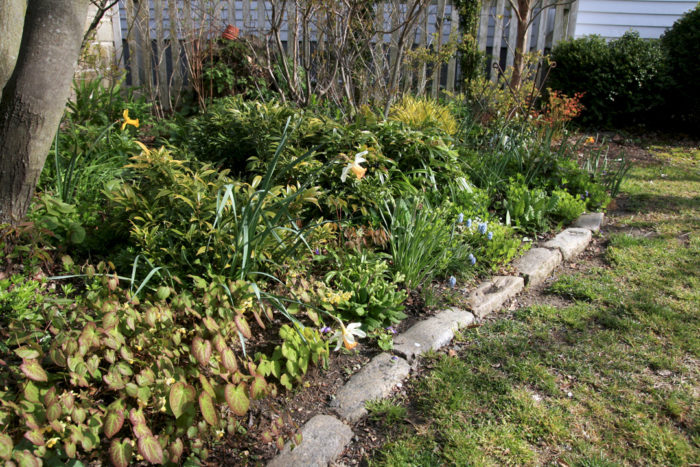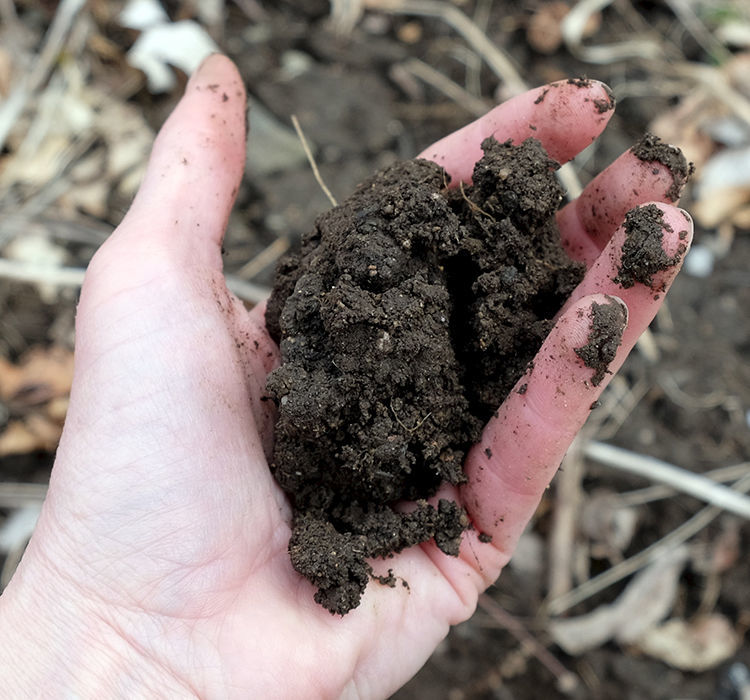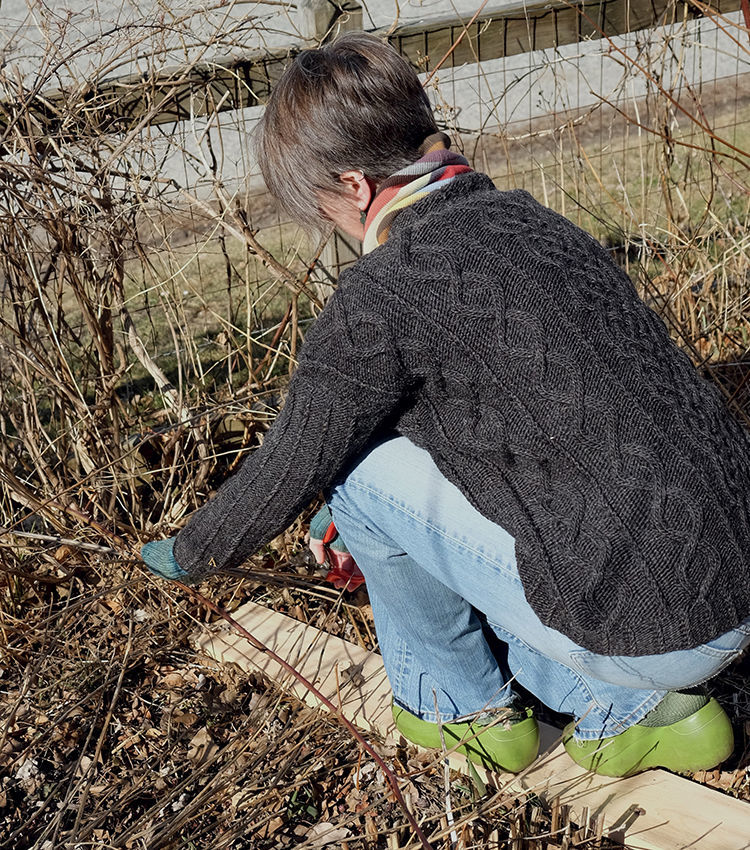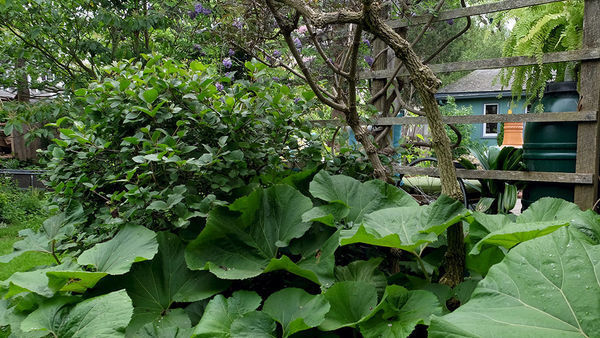
Here in the Northeast, spring is a myth. In between the polar vortices and heat and humidity that exile us indoors, we have a short window of wobbly weather: a season of thaw and, if we’re very lucky, steady soaking rains—both of which make mud out of perfectly good garden soil and give the season its true name.
Good garden soil is alive with microorganisms working hard to maintain a friable structure that allows for the passage of oxygen and water to the roots of the plants. The soil’s structure is especially fragile during mud season, when it is held in suspension and all too easily destroyed by human interference. We always mean well. Old-school gardening methods called for annual and semi-annual tilling, double-digging, turning, and cultivating—ostensibly to “loosen” the soil. But we know better now.
Leave your soil alone
This is the number one way to save your back and prevent compaction, which closes the passage of water and oxygen for business. Tilling year after year can have the opposite effect from what was intended, as the workforce is disrupted and damaged, and chopped up soil particles fit more and more tightly together.

Instead, top-dress annually with organic matter such as compost and shredded leaves. Sit back and allow nature’s workforce to do its job of aerating the soil. Do the same thing if your soil is already compacted, though be patient: it will take some time. If you’re in a rush to convert hardpan into garden, use a broad fork to gently lever some air into it.
Do not dig or plant in muddy soil
If a fistful of soil oozes water and holds together in a huckable ball, wait. If the ground squelches under your boots, put your spade away and find something else to do. You’re good to go when the soil is moist but crumbly.
Don’t walk all over your garden beds, no matter what season, no matter how much you weigh. Place pavers or stepping stones at easy intervals between your plants, and stick to that path like glue. If you have to stretch and put a foot or knee down where you shouldn’t, place another stone.
Walk the plank

Lay down some one-by-sixes (or one-by-eights, or even sheets of plywood if you have big feet or bad balance) ahead of yourself while you work. Standing on a board distributes your weight more evenly and protects the workforce and soil structure below.
Kristin Green is author of Plantiful: Start Small, Grow Big with 150 Plants that Spread, Self-sow, and Overwinter, and gardens in Bristol, Rhode Island.


















Comments
Log in or create an account to post a comment.
Sign up Log in